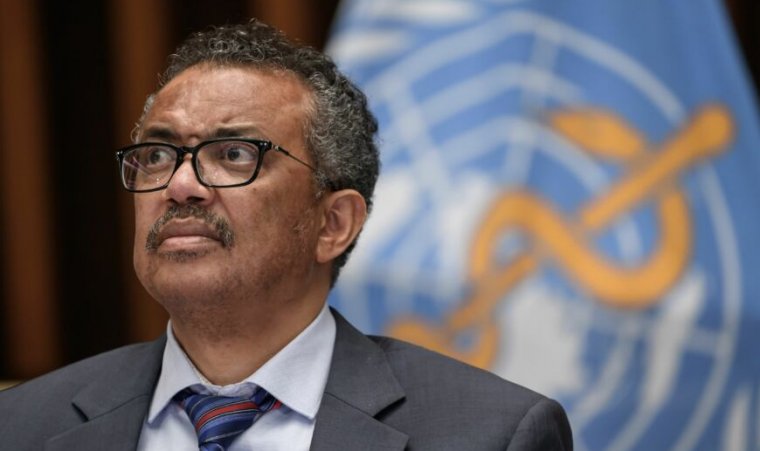
The World Health Organization on Monday renewed its declaration that the COVID-19 pandemic constitutes a public health emergency of international concern (PHEIC)—the agency’s highest level of alert—but acknowledged that the 3-year-old crisis may be nearing an “inflection point,” after which the virus could be downgraded to a less dire but permanent fixture in the gamut of human pathogens.
On Friday, the agency convened its emergency committee for the 14th time to assess the global status of the pandemic coronavirus. The week marked the three-year anniversary of the agency’s initial COVID-19 PHEIC declaration.
“As we enter the fourth year of the pandemic, we are certainly in a much better position now than we were a year ago, when the omicron wave was at its peak, and more than 70,000 deaths were being reported to WHO each week,” WHO Director-General Dr. Tedros Adhanom Ghebreyesus said in opening remarks to Friday’s committee meeting.
Globally, the pandemic has calmed down since then. In October, weekly deaths dropped to fewer than 10,000, the lowest in the pandemic. But numbers are on the rise again, largely due to a massive wave of infection in mainland China following the country’s abrupt abandonment of its COVID-zero policy.
Last week, there were nearly 40,000 deaths reported worldwide, with more than half in China. “In total, over the past eight weeks, more than 170,000 deaths have been reported. The actual number is certainly much higher,” Tedros said.
In all, the committee determined that COVID-19 “remains a dangerous infectious disease with the capacity to cause substantial damage to health and health systems.” In addition to the still-high death toll, the committee voiced concern for low vaccination rates in low- to middle-income countries, a dramatic decline in the monitoring of variants, continued spread of misinformation driving vaccine hesitancy, and the long-term threat of long COVID. The committee also acknowledged that “pandemic fatigue and reduced public perception of risk have led to drastically reduced use of public health and social measures, such as masks and social distancing.”
Transition
Still, the committee noted that the pandemic seems to be nearing an “inflection point,” at which COVID-19 will shift from an acute crisis to a sustained, lower-level threat. Although overall vaccination rates need improvement in many countries, 13.1 billion doses have gone into arms worldwide, leading to high levels of protection in frontline and high-risk populations. Overall, 89 percent of health workers in the world have completed a primary series, as have 81 percent of people over the age of 60. Additionally, higher levels of population immunity are being established with a mix of vaccination and infection.
“There is little doubt that this virus will remain a permanently established pathogen in humans and animals for the foreseeable future,” WHO concluded. But with population immunity high in many places and getting higher, the focus should shift to “long-term public health action.” That includes continuing to improve vaccination rates, particularly in high-priority groups. It also means boosting disease and variant surveillance, increasing uptake of COVID-19 treatments, and preparing for future outbreak events.
“While eliminating this virus from human and animal reservoirs is highly unlikely, mitigation of its devastating impact on morbidity and mortality is achievable and should continue to be a prioritized goal,” WHO said.
Overall, WHO set the stage for a transition out of the crisis phase of the pandemic and into a new normal with SARS-CoV-2. While the PHEIC status remains for now, the committee will meet again in three months to reassess the situation.
“We remain hopeful that in the coming year, the world will transition to a new phase in which we reduce hospitalizations and deaths to the lowest possible level, and health systems are able to manage COVID-19 in an integrated and sustainable way,” Tedros said in remarks Monday.









